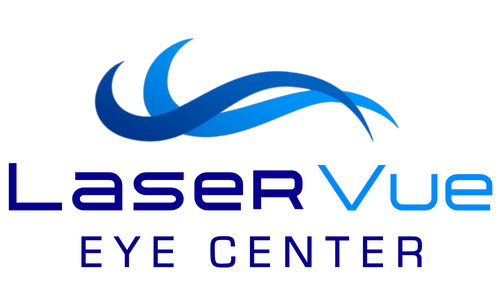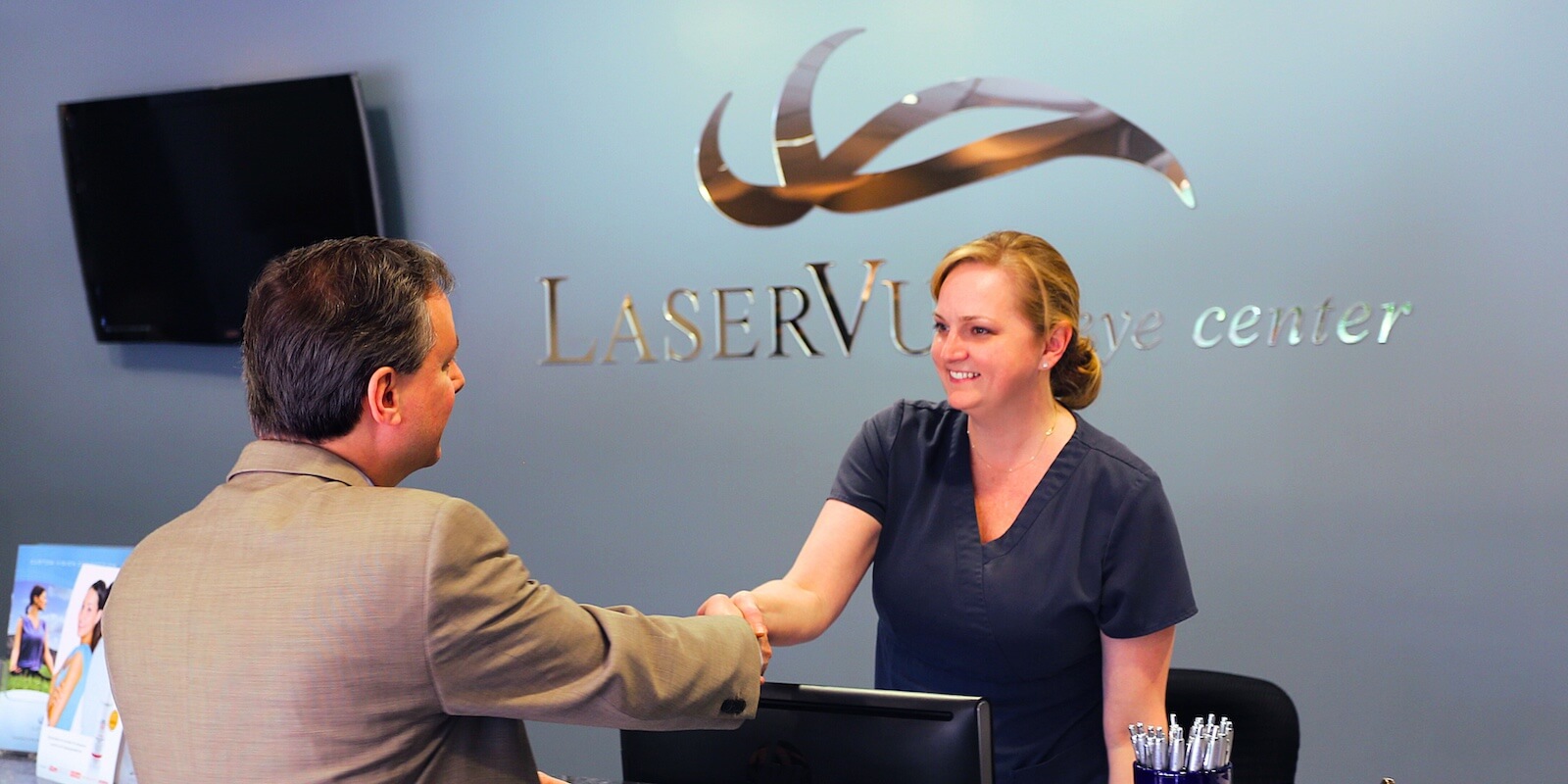Posted by: LaserVue LASIK & Cataract Center in LASIK

Q: Can LASIK eye surgery improve your eyesight to a certain percentage so I don’t need to pay full price?
A: It appears that you are asking if the amount you pay for Lasik is based upon the amount of correction you receive. Never have I heard of this kind of pricing, and it would not make sense in any regard.
The purpose of Lasik is to provide the convenience of a reduced need for corrective lenses like glasses and contacts. Correcting only a portion of your myopia (nearsighted, shortsighted) or hyperopia (farsighted, longsighted) vision or astigmatism (irregular cornea) would not achieve that goal. If only a portion of your vision is corrected, you will undoubtedly need corrective lenses after Lasik and the goal will not be reached.
In most cases, the Lasik procedure is virtually the same whether or not a lot of correction is made or a small amount is made. The only difference would be how long the laser is removing tissue, and the cost to the surgeon for a short treatment or a long treatment is virtually the same. There is not a financial advantage to deliberately correcting less than the full amount. That is not to say that correcting less than the full amount is not a desired outcome. Individuals with presbyopia may want to leave a little myopia.
Presbyopia is when the natural lens within the eye is less able to change shape and therefore less able to focus on objects that are near. This is when reading glasses are necessary. Reading glasses effectively make the wearer a little nearsighted. Someone presbyopic may choose to leave a little myopia after Lasik to be more easily able to see near objects. Distance vision would not be as good, but this may be an acceptable workaround for presbyopia.
A person who is presbyopic may elect monovision correction. This is when the dominant eye is fully corrected for distance vision and the non-dominant eye is corrected for near vision and the brain combines the two images for adequate vision at all distances.
There are reasons to not fully correct a Lasik patient, but cost reduction is not one of them.
